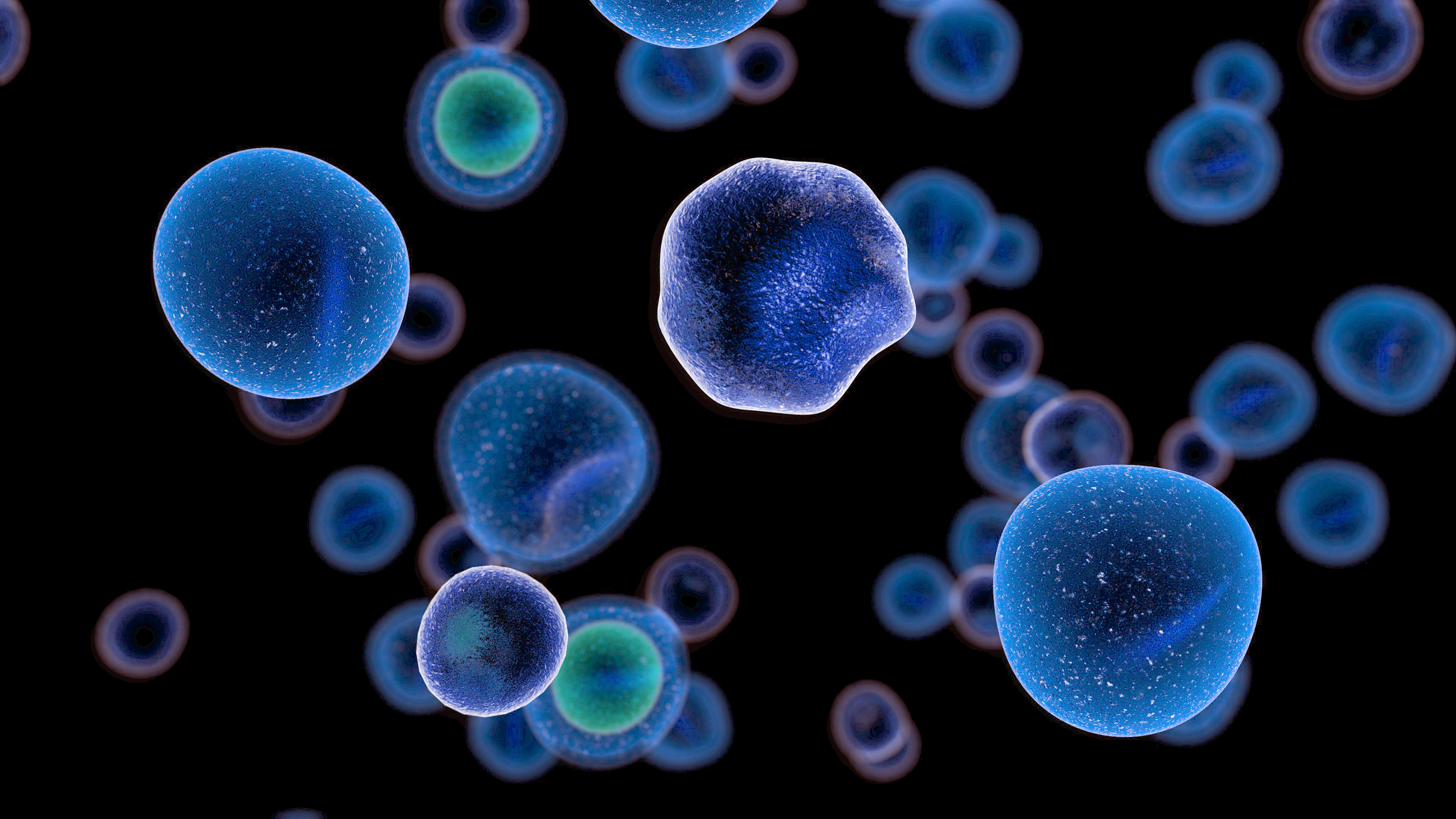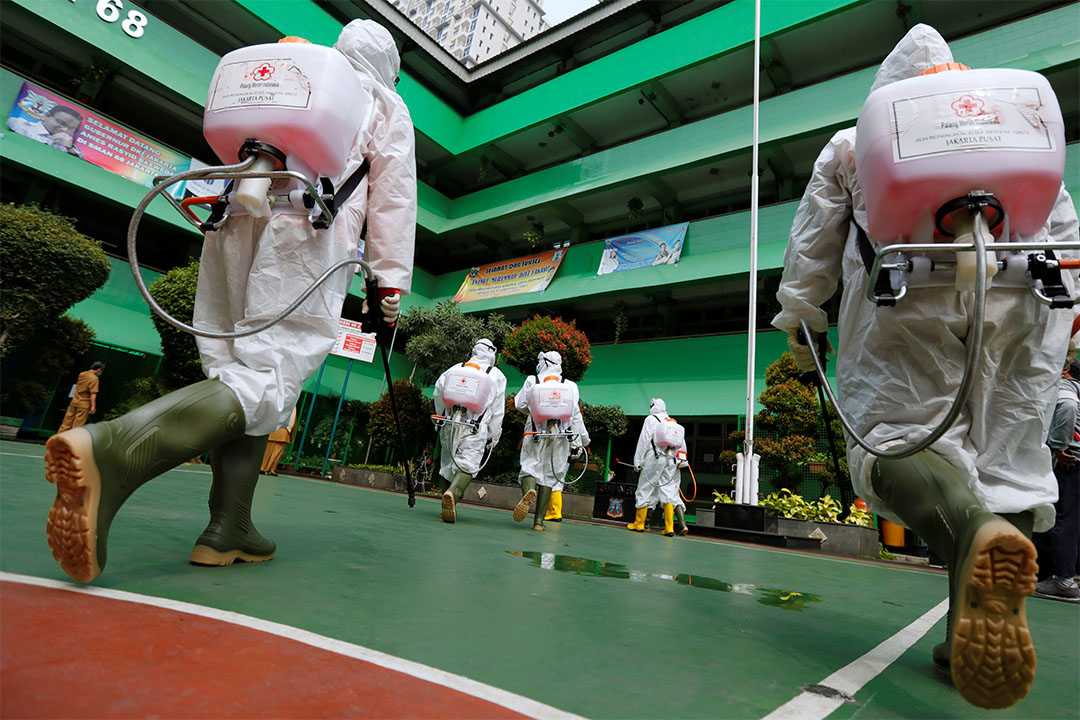
Science's COVID-19 reporting is supported by the Pulitzer Center and the Heising-Simons Foundation.
Even a world-class orchestra will produce a cacophony if its strings, woodwinds, brass, and percussion sections don't play in harmony. Similarly, the sophisticated human immune system can fail to beat back a pathogen if its many players don't hit the right notes at the right times. A new study now finds that people who suffer the most from COVID-19 have an immune response that's out of sync.
The results help clarify how the disease progresses and could possibly inform how best to use various treatments and how to design the most effective vaccines. "We need to know exactly how the immune response is shaped to this virus," says Donna Farber, an immunologist at Columbia University who was not involved in the research. "This is probably the most comprehensive analysis of virus-specific immunity in people who either had COVID or are acutely infected."
The new study, published online in Cell, focuses on three of the most powerful arms of the adaptive immune response, the secondary defenses the body raises after the immune system's sentinels first detect an infection. "This appears to be a virus [against which] all three arms can work together and to some extent compensate for each other," says immunologist Shane Crotty of the La Jolla Institute for Immunology, who led the study with co-worker Alessandro Sette. "In general, if you had a response with all three, you tended to do well. People ended up running into trouble when they didn't have a coordinated adaptive immune response."
When the body detects a novel virus, "innate" defensive cells—which broadly attack any pathogen—rally immediately. They also release chemical messengers called cytokines to alert other immune cells. The adaptive response, which targets the specific invader—in the case of COVID-19, the coronavirus dubbed SARS-CoV-2—then builds over the following days. One adaptive arm consists of antibodies that aim to attach to and "neutralize" the virus. If the antibodies fail, killer T cells act as a backup, identifying and destroying any infected cells. The third arm, helper T cells, are the conductors that coordinate production of antibodies, killer T cells, and the rest of the immune orchestra.
Crotty, Sette, and colleagues analyzed the blood of 24 people whose COVID-19 cases ranged from mild to ultimately fatal. The researchers compared their immune responses with those of 26 others who had recovered from the disease and with a control group, 65 people who had never been infected with the virus. The study participants ranged from 20 to 86 years old. Crotty calls the study "exploratory" because he would like to conduct the same analyses in hundreds of people sick with or recovered from COVID-19. Still, the team made several discoveries. Neutralizing antibody levels did not correlate with severity of disease, they found, and patients with the worst cases of COVID-19 had low levels of helper and killer T cells. "It looks like T cells play a more important role than antibodies during natural infection," Crotty says.
Blood samples from the 10 study participants with active infections who were age 65 and older showed they were far more likely than younger infected people to have "uncoordinated" responses between the antibodies and the two T cells arms—the antibodies might have risen to high levels while one of the cellular responses remained weak, for example. This older group also had smaller populations of the "naïve" T cells that can recognize new invaders and then develop into the mature killer and helper cells capable of mounting a coordinated attack against SARS-CoV-2.
Scientists are still debating the mechanics of the "storm" of cytokines released by innate immune cells that contribute to the severity of COVID-19, but the new study may explain how it occurs in at least some cases. "If you kick off an innate and adaptive immune response pretty quickly, you're going to be fine," Crotty says. But if there's a deficit of the adaptive arm's T cells, the antibody response and cytokines by themselves often have trouble containing SARS-CoV-2, allowing the virus to grow to high levels. The innate system responds by pumping out still more cytokines. "Maybe the virus gets so far ahead in those people that it's too late for the adaptive immune system to catch up," he says.
Studies have convincingly shown that corticosteroids like dexamethasone, which broadly dampen the immune response, can save some people who have severe disease. Crotty cautions that if clinicians give steroids too early, "you could really shoot yourself in the foot because this might be somebody whose adaptive immune response is just getting going."
In theory, the type of analyses done in this study may help clinicians better determine when to use these drugs. "You can assess patients based on their adaptive immunity profile," Farber says. "This is really important." But she also cautions that the blood may not reflect the immune responses in tissues such as the lungs, which is a key site of attack by the virus. "I don't know if monitoring the blood is going to tell us what is going to prevent a mild case from becoming severe," says Farber, who studies lung and airway immunity.
Julie McElrath, who heads the vaccine and infectious disease division of the Fred Hutchinson Cancer Research Center, says these "interesting findings" might also help steer COVID-19 vaccinemakers to concentrate more on T cell responses. Most COVID-19 vaccines contain different versions of the surface protein spike of SARS-CoV-2. Researchers hope these vaccines will teach the body to thwart infections by making neutralizing antibodies against it. But it's a tall order for vaccines to prevent infection completely; indeed, most of the vaccine efficacy trials primarily are evaluating protection from disease rather than infection itself.
If viruses do slip by antibodies, T cells will be needed to mop them up. "Eliciting both antibody and T cell responses with vaccines is likely an important step to achieving efficacy against severe COVID-19," McElrath says. But she notes that some of the vaccine efficacy trials aren't designed to even analyze T cell levels. And training an immune system to make strong T cell responses against SARS-CoV-2 ultimately may require using more parts of the virus in a vaccine than the spike protein alone.
Crotty notes that there are practical challenges to measuring T cell responses, which are more difficult to assess than antibody levels. But if the vaccines being tested now prove not to work well, expect far more intensive efforts to measure and boost T cell responses. "If you can have a vaccine that has fantastic neutralizing antibodies and can sustain them, that really will be the big winner," he says. "But if the virus slips through, our data indicate that these T cell responses are probably really important—and probably even more important the older you are."
COVID-19 Update: The connection between local and global issues–the Pulitzer Center's long standing mantra–has, sadly, never been more evident. We are uniquely positioned to serve the journalists, news media organizations, schools and universities we partner with by continuing to advance our core mission: enabling great journalism and education about underreported and systemic issues that resonate now–and continue to have relevance in times ahead. We believe that this is a moment for decisive action. Learn more about the steps we are taking.








